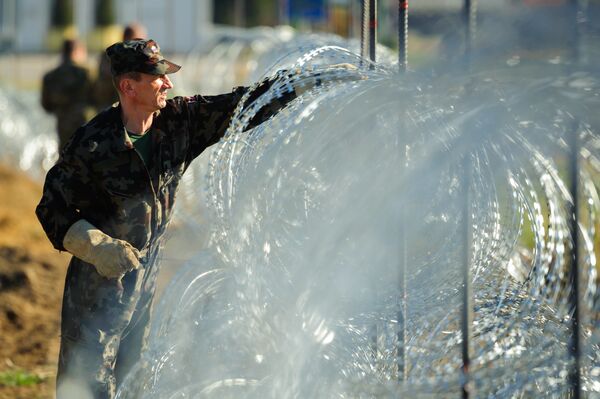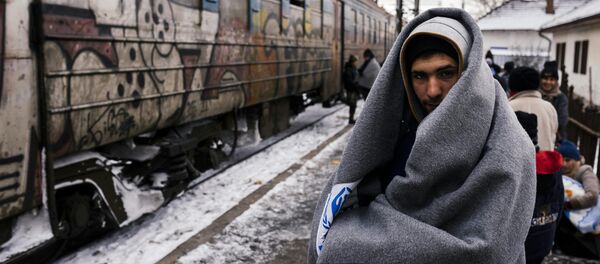"Exercises practicing the process of completely closing the borders are already being carried out between Slovenia and Croatia, and between Serbia and Macedonia," a source in the European Commission told Danas.
They explained that the border controls entail strict profiling of refugees and migrants, to track who is entering Europe.
"Checking if they are from a war zone; if members of their family are already in the European Union; checking their dialect, stricter control of documents … these are measures that are already being taken," the source said.
The newspaper also reported that Croatia has returned 217 economic migrants to Serbia, after they were deported there from Slovenia.
According to Serbia's N1 TV news network, the returned migrants were transported to the Serbian town of Sid, close to the border with Croatia, where there is a reception center for refugees and migrants traveling on their way to Western Europe.
"The returned migrants protested for some time at the bus station and shouted 'United Nations,' intending to return to Croatia on foot," said N1.
The news network reported that the migrants complained that they had been forcibly removed from Croatia and sent to Serbia, and said that their documents were destroyed.

"According to all the agreements and procedures of our country and countries of the region we are returning them back to where they have come from, because they are not refugees from war zones," the interior ministry said.
Serbia's Minister for Work and Employment Aleksandar Vulin said that the countries of the region need to reach agreement on the deportation of migrants, and that more returnees would not be allowed to enter Serbia from Croatia because that country "already checks migrants at the entrance to its territory."
"So if Slovenia or any another border doesn't let the migrants through, they have to cope with that themselves," said Vulin.
Vulin added that police chiefs from across the region are meeting on Thursday to discuss the situation and how to better coordinate their operations, and confirmed that Serbia and Macedonia have also increased control at their border.

"It is new that people who were accepted in Europe, who even got as far as Slovenia and Austria, are returned back along the chain," Djurovic said.
"That wasn't the case with Slovenia before, only with Croatia. These measures reveal another way of tightening and restricting people's passage on the migration route."
Djurovic commented on the Serbian government's recent statement that the country could take up to 6,000 refugees. That figure represents the number of people who pass through the country every two or three days, and who could possibly be forced to stay in the country if others close their borders.
"Serbia hasn't got experience of that. That means a whole system of social and healthcare support, then opportunities for employment, schooling, accommodation and more importantly, working with local communities who might be able to accept these people."
While highlighting the complications of integrating six thousand refugees, who did not want to end up in Serbia, Djurovic said that "six thousand is at least a number you can work with."
He warned that the country could be faced with more migrants if people are returned along the Balkan migration route to Serbia, or if Serbia becomes a destination for those trying to avoid restrictions in Macedonia and Greece.






